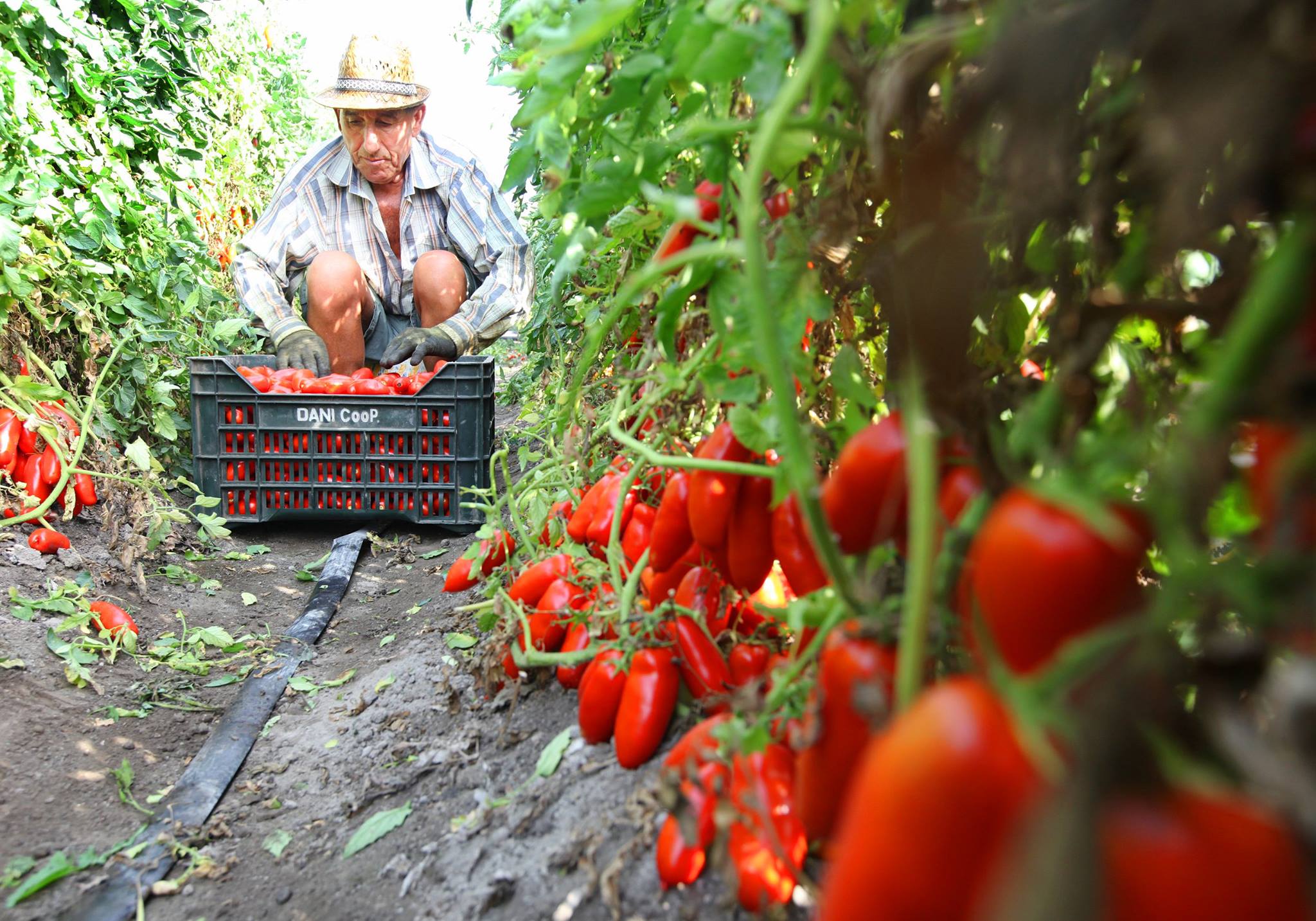What is DOC?
Ingredients are precious Italy. Whether white truffles from Alba or tomatoes from San Marzano, there are raw materials in Italy that are both micro region and hyper seasonal. This is what makes the culinary ecosystem in Italy so magical. It is also something that big food conglomerates in other countries have often sought to destroy. The supply side economics of the food industry seldom work in favor of the consumer. It is cheaper for growers to pump tomatoes full of dye, overgrow eggplants on the vine and cram hens into overcrowded cages. The cheaper prices result in better sales at big box retail outlets and we all are left with a pitiful, inferior product.
Part of this is the natural result of consumer ambivalence regarding price vs. quality. I like to say that for your average American, eating well is a privilege. In Italy it is a birthright. It is also easier to make educatde consumer decisions in Italy thanks to the national system of denominations that control the provenance and compositions of foods and wines across the country.
You have probably heard the words DOC. The words DOC stands for denominazione di origine controllata. It is a protective classification that assures the quality of Italian wines. Ensuring the grapes are grown to local specifications, DOC also forbids mixing autochthonous grapes with non-regional grapes in the creation of traditional wines such as, for example Chianti or Amarone.
There are also control designations for traditional foods across Italy including Parmesan cheese, Genovese basil and San Danielle Prosciutto. In fact, over 300 regional foods are protected. This is one of the few examples of Italian bureaucracy actually working in the favor of the people and the economy. The food controls stringently regulate the coveted denomination stamp so that your Parmesan is real Reggiano Parmesan. This all makes everything so much easier for the consumer. It also protects the more rigorous traditional food production methods, meaning that we all eat better. Below is a list of the types of denominations of control we use in Italy, what they mean and what they protect.
Food
DOP (Denominazione di Origine Protetta)
Meaning Protected Designation of Origin, this distinction regulates the entire production process of many famous Italian food products. Every step of the food production from harvest until packaging is monitored. This protects the traditional production method to prevent encroachment of unscrupulous industrial vendors. Buffalo mozzarella, for example, is a DOP food. If you see the DOP designation, you can rest assured it contains buffalo milk from Campania and that the cheese has not been industrially stretched.
IGP (Indicazione Geografica Protetta)
Where DOP largely protects the processing method, IGP more specifically protects the product’s place of origin. IGP, meaning protected geografical information, regulates the region of cultivation or harvest. For example, in Campania Provolone del Monaco, a highly prized aged cheese, must contain at least 30% milk from the local Monti Lattari Mountains to be considered IGP. DOP is the more stringent of the two designations because it required that DOP labeled products are also processed in their region of origin according to traditional methods. Confusingly there is both IGP and DOP balsamic vinegar. IGP balsamic means the balsamic was produced with Trebbiano and Lambrusco grapesfrom Modena. The DOP designation requires that and the additional step of processing the grapes according to the traditional methods in and around Modena.
STG (Specialità Tradizionale Garantita)
A less stringent protective denomination, STG (Traditional Guaranteed Specialty) protects the general character of a recipe. It does not require that it be produced in a certain region, but generally adhere to basic production elements. For example, Neaopiltan Pizza, which is STG designated, must contain San Marzano tomato and Campania Fior di Latte Cheese and be leavened according to traditional double rise methods. In practical terms, it is not nearly as closely regulated as the very stringent DOP.
Wine
DOCG (Denominazione di Origine Controllata e Garantita)
The strictest of Italian wine appellations, DOCG means that the wines must originate from specific viniculture regions and be produced according to highly regulated traditional methods. For example, Amarone Della Valpolicella to be DOCG must use exclusively regional grapes of the Corvina (45–95%), Rondinella (5–30%) and other approved red grape varieties (up to 25%). If it strays from this composition or uses grapes outside of Valpolicella, it is no longer DOCG and technically speaking, can no longer be called Amarone Della Valpolicella. The DOCG designation is meant to not only protect the specific wines with this appellation but also to elevate wine productions methods of the entire regions. Only 74 Italian wines are considered DOCG. To prevent fraudulent tinkering after bottling, DOCG wine bottles are sealed with a numbered governmental seal across the cap or cork. When I see this seal, my heart inevitably flutters—I know I am about to drink a very special regional wine.
DOC (Denominazione di Origine Controllata)
Originally instituted in the 1960s, the DOC designation was initially the only Italian wine designation. But after many vintners complained that DOC labels were awarded to liberally, the Italian government rolled out DOCG to designate the top national wines. That being said, DOC still regulates production area, wine color, grape varieties, proportions, styles of wine, alcohol and maturation techniques There are 330 DOC wines in Italy today.







